Table of Content
Ba Dinh District | Introduction
Ba Dinh District is located in the center of Hanoi, the capital of Vietnam. This area features streets shaded by green trees, along with many important Vietnamese government agencies and cultural heritage sites, making it the political heart of Vietnam. The attractions in Ba Dinh District are centered around Ba Dinh Square, surrounded by many important sites representing modern political history of Vietnam. Besides Ba Dinh Square, which is the birthplace of modern Vietnamese history, there are also the Ho Chi Minh Mausoleum, Ho Chi Minh's Stilt House, the Ho Chi Minh Museum, and the must-visit One Pillar Pagoda, all of which bear witness to contemporary Vietnamese political history.
Ba Dinh District | Transportation
Ba Dinh District is located in the center of Hanoi city, offering a variety of transportation options whether you are coming from other areas within the city or from Hanoi's international airport. Due to the traffic design around Ba Dinh Square, the nearby attractions can be considered as a cluster, making Ba Dinh Square a destination that allows you to visit all the above-mentioned sites in one go. If you are staying near Hoan Kiem Lake, it's only about 3 kilometers away, which can be covered in a 40-minute walk. If you want to save time, it is recommended to take a Grab, which will take about 10 minutes.
Find a stay in Hanoi
Ba Dinh District | Attractions
Ba Dinh Square
Ba Dinh Square is one of the largest squares in Vietnam, covering an area of 320 meters in length and 100 meters in width, capable of accommodating up to 200,000 people. The most famous event that took place on Ba Dinh Square was on September 2, 1945, when President Ho Chi Minh read the Declaration of Independence of the Democratic Republic of Vietnam. This event marked the end of thousands of years of feudalism, fascism, and colonialism in Vietnam, making Ba Dinh Square renowned as the birthplace of modern Vietnamese history. Since then, Ba Dinh Square has become the venue for many important national activities, including national day celebrations and large parades. Every morning at 6 AM, a flag-raising ceremony is held here.
Ba Dinh Square serves as the gateway to the attractions in Ba Dinh District. The route begins from Ba Dinh Square, and standing on the square, you can see the Ho Chi Minh Mausoleum to the left. Next, you proceed to Ho Chi Minh's Stilt House, the Presidential Palace, and the Ho Chi Minh Museum. The One Pillar Pagoda is located right next to the Ho Chi Minh Mausoleum.
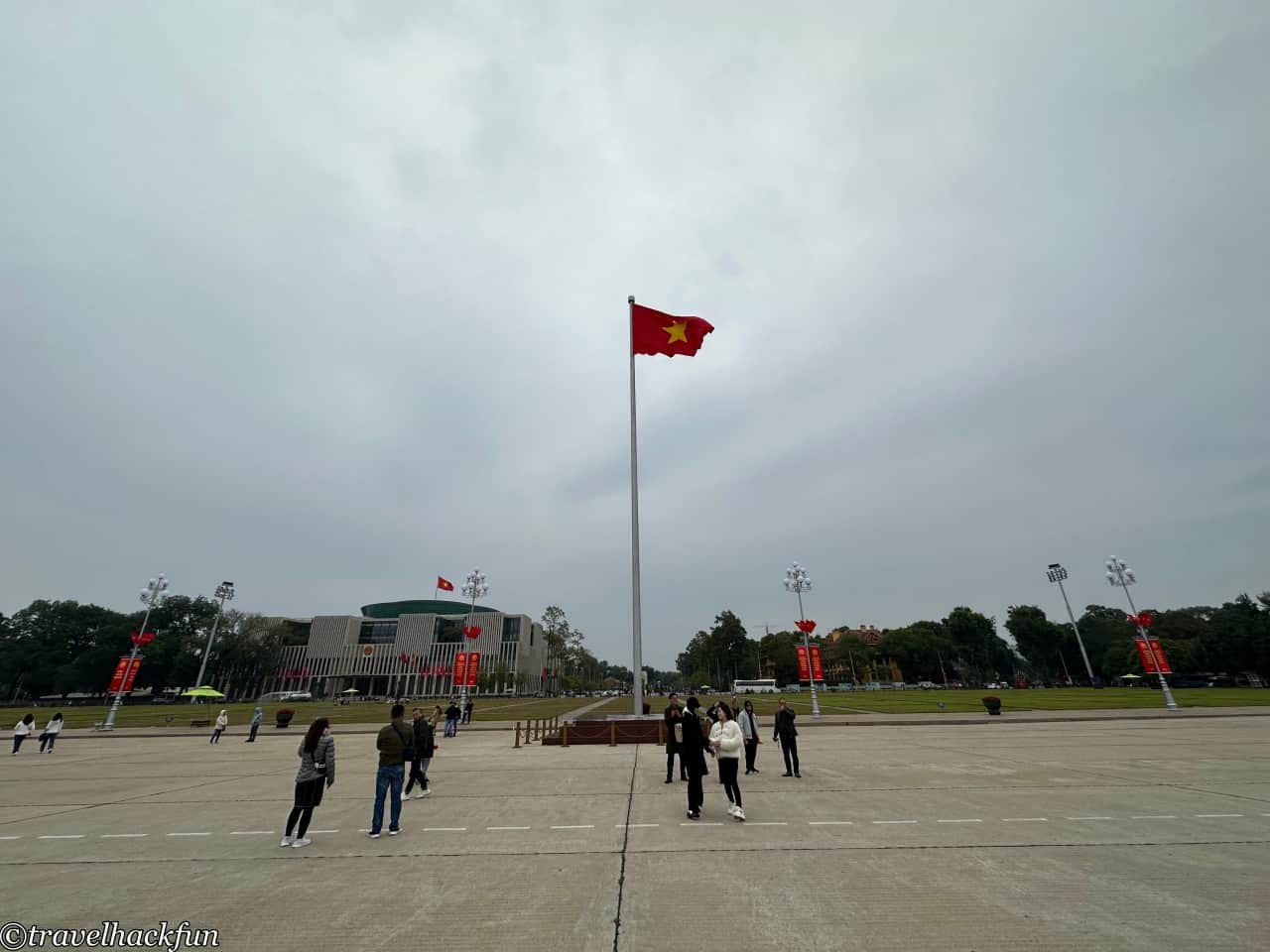
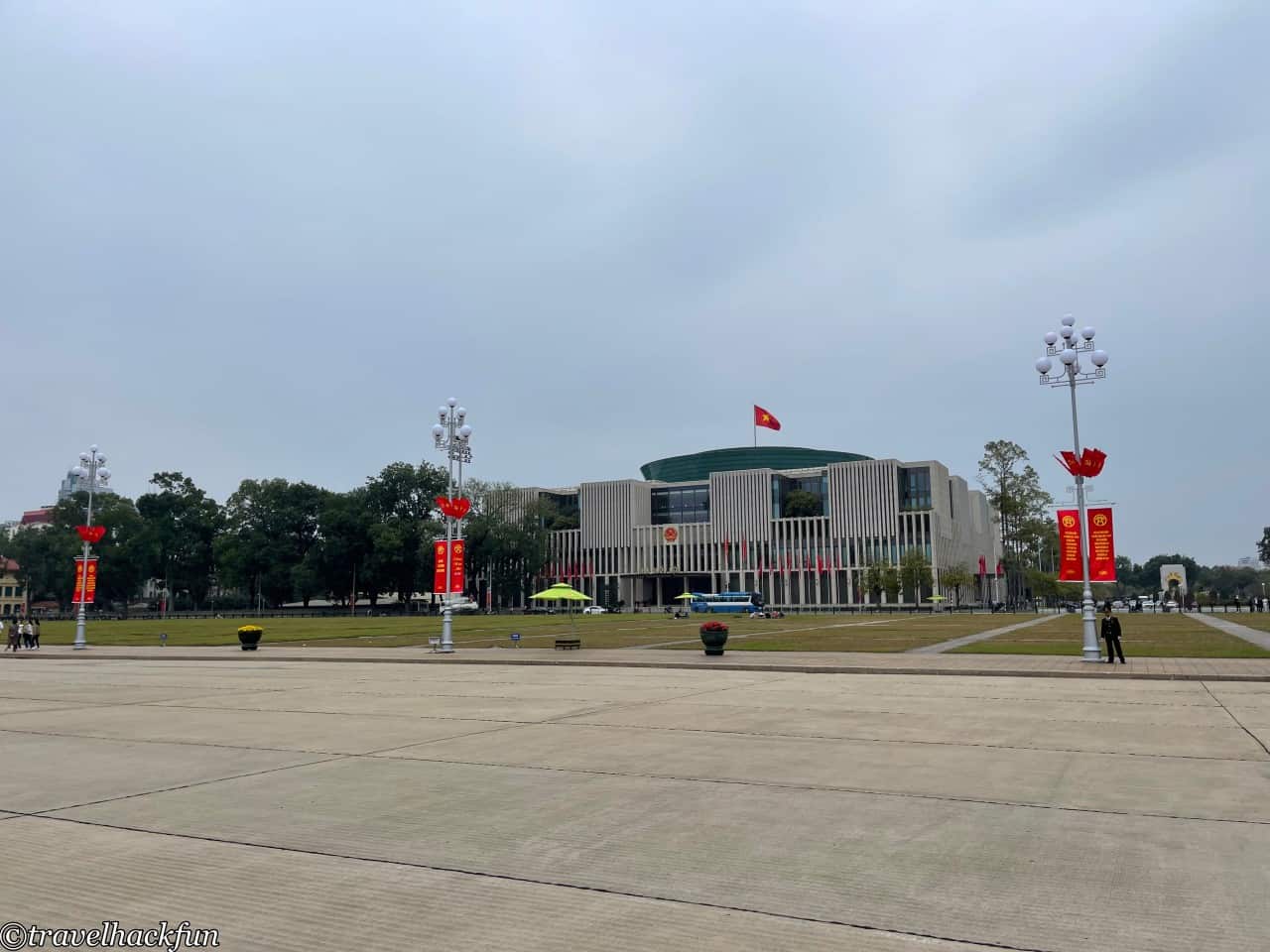
Ho Chi Minh Mausoleum
The Ho Chi Minh Mausoleum, located on Ba Dinh Square in Hanoi, features a square architectural appearance characteristic of the Soviet era, conveying solemnity. The main structure is made of dark granite and bright white marble. Inside the mausoleum, Ho Chi Minh's body is preserved in a transparent crystal coffin and has been open to the public for viewing since 1975. Visitors to the mausoleum are required to adhere to strict etiquette rules as a sign of respect for President Ho Chi Minh.
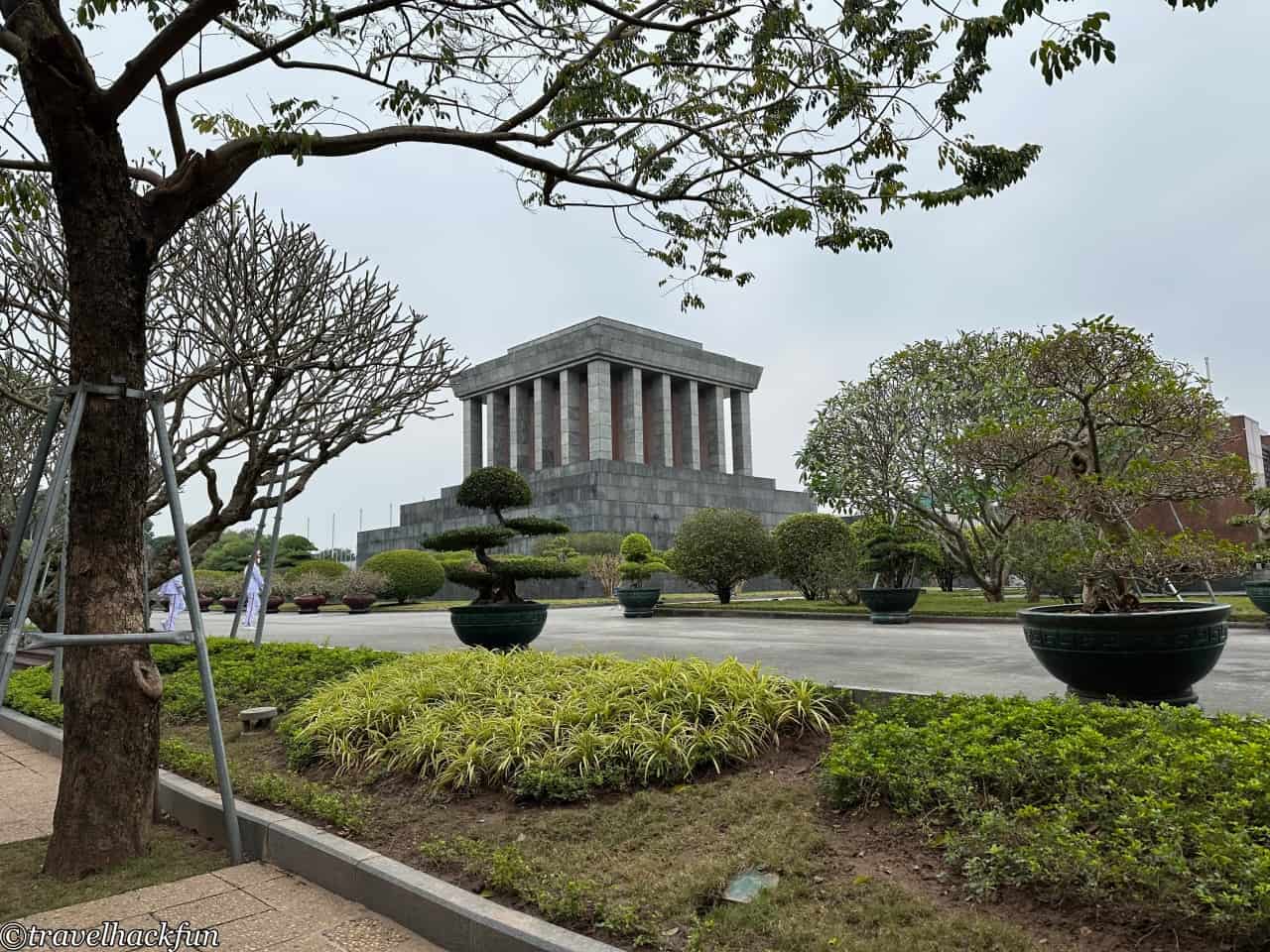
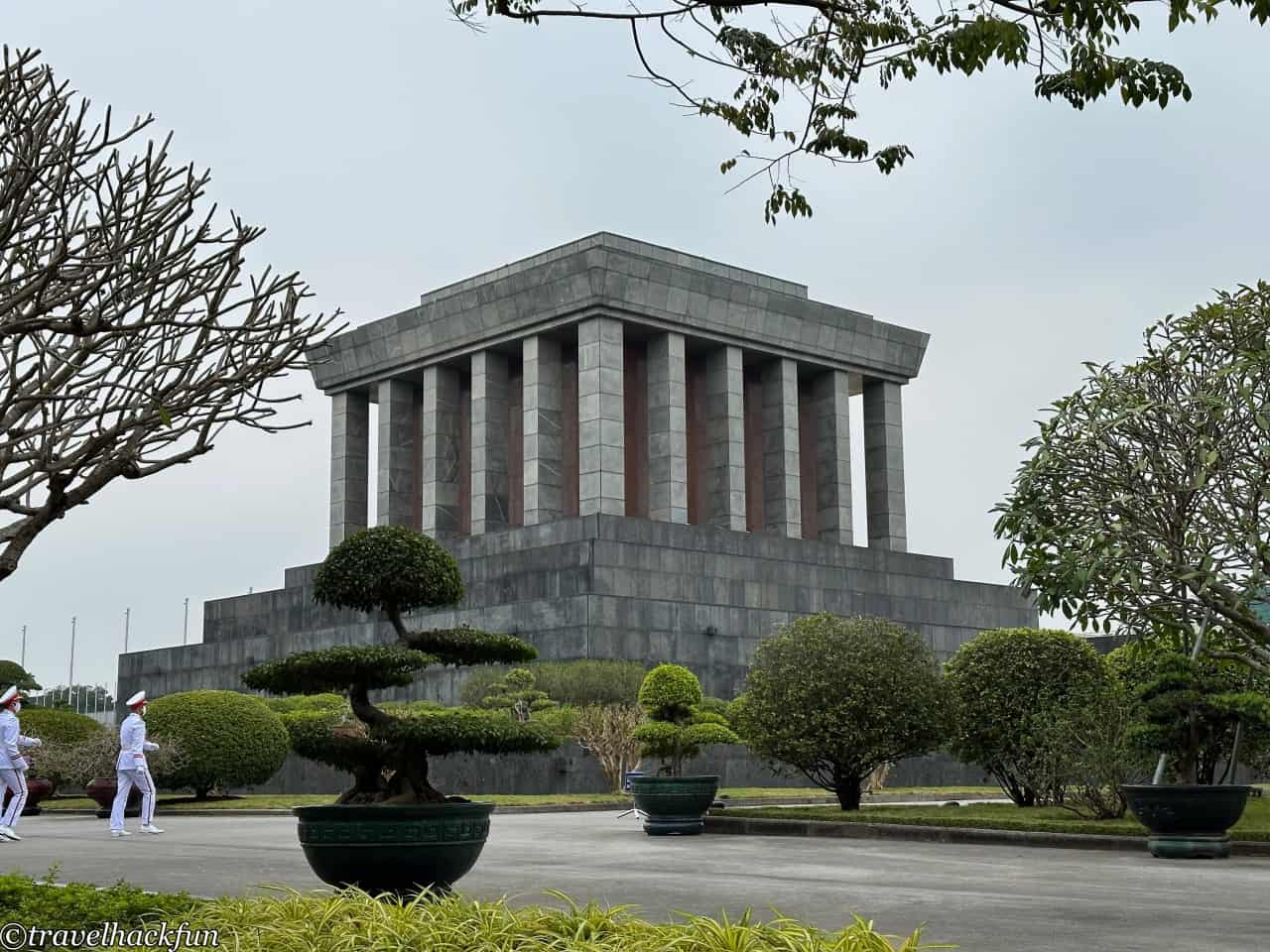
Must See | Ho Chi Minh's Stilt House
Ho Chi Minh's Stilt House is where President Ho Chi Minh lived and worked for fifteen years, from 1954 to 1969. Upon entering the residence area, the first thing you see is the large yellow building known as the Presidential Palace (formerly the Presidential Office), which originally served as the Governor's Palace of French Indochina during the French colonial period.

The Ho Chi Minh's Stilt House is a wooden structure built on stilts, imitating the traditional living style of the Vietnamese countryside. The design of the main house is deliberately simple, reflecting President Ho Chi Minh's humility and frugality, and it blends seamlessly with the surrounding natural environment. During the visit, one can see items used by President Ho Chi Minh, such as his desk, bed, and personal belongings.
Ho Chi Minh lived here from 1958 until his death in 1969. The house contains two rooms, one used as a bedroom and the other as a study, with simple interior decorations and modest furniture. Ho Chi Minh not only lived and worked here but also received domestic and international guests in this residence.

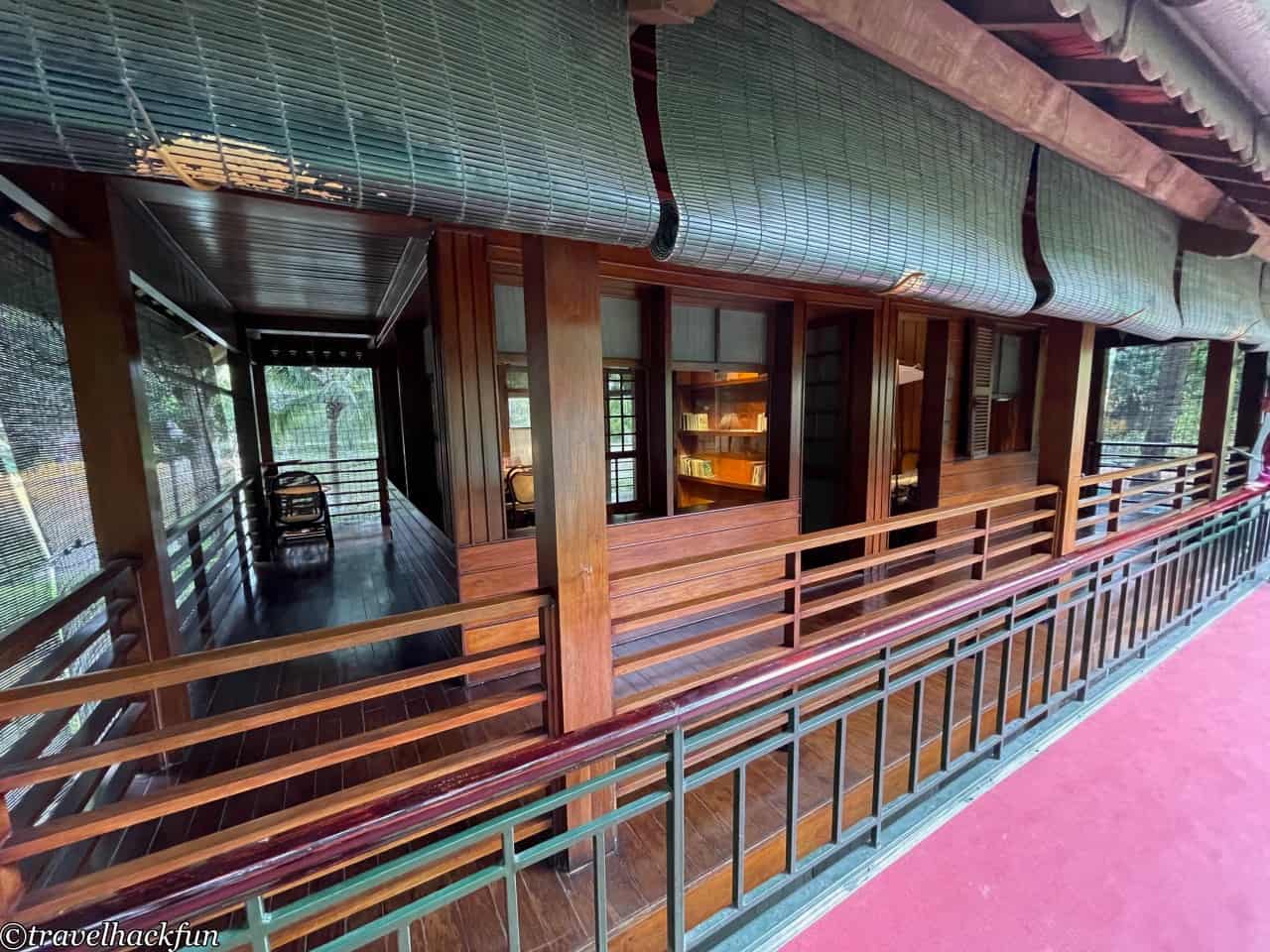
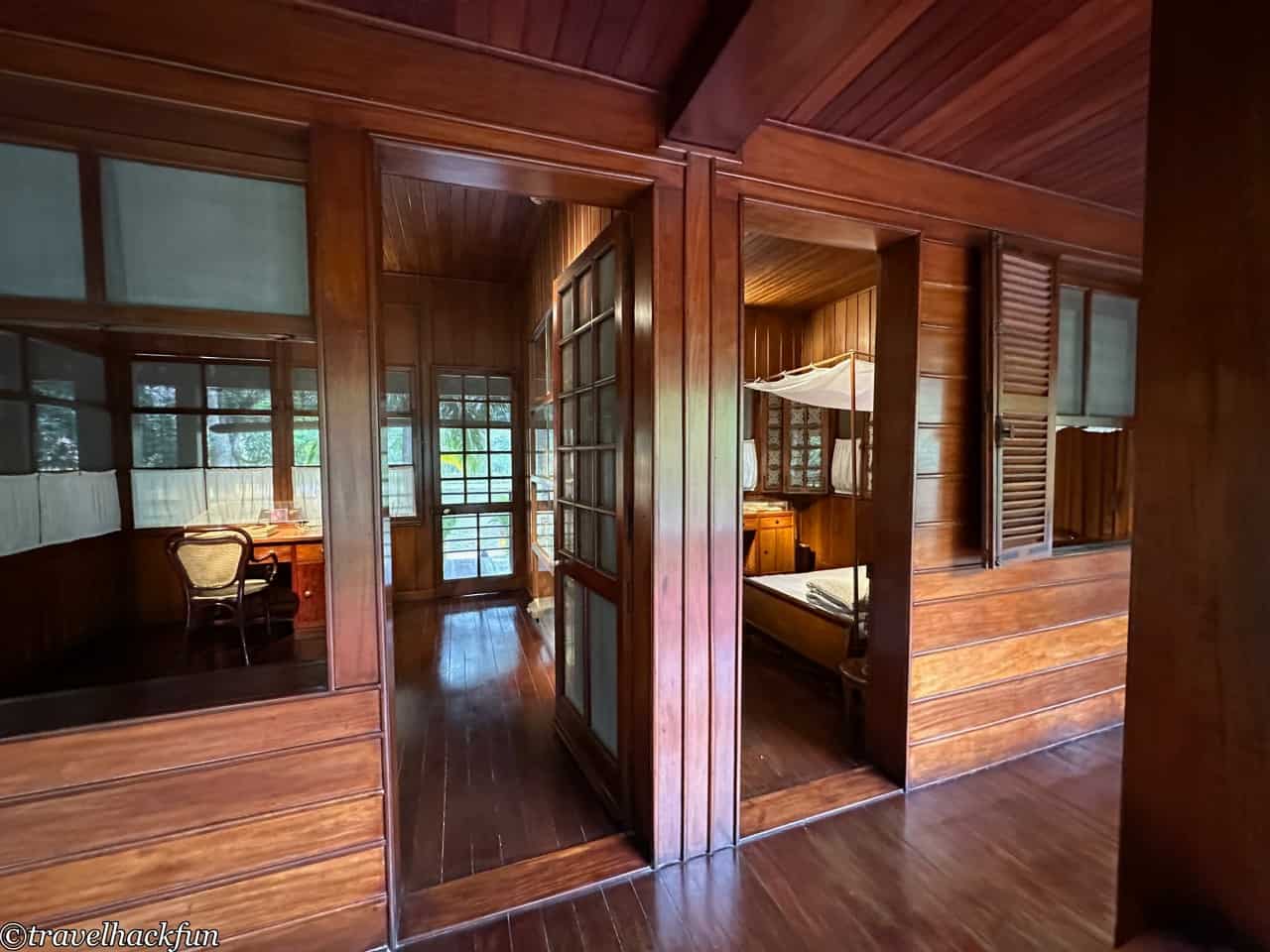
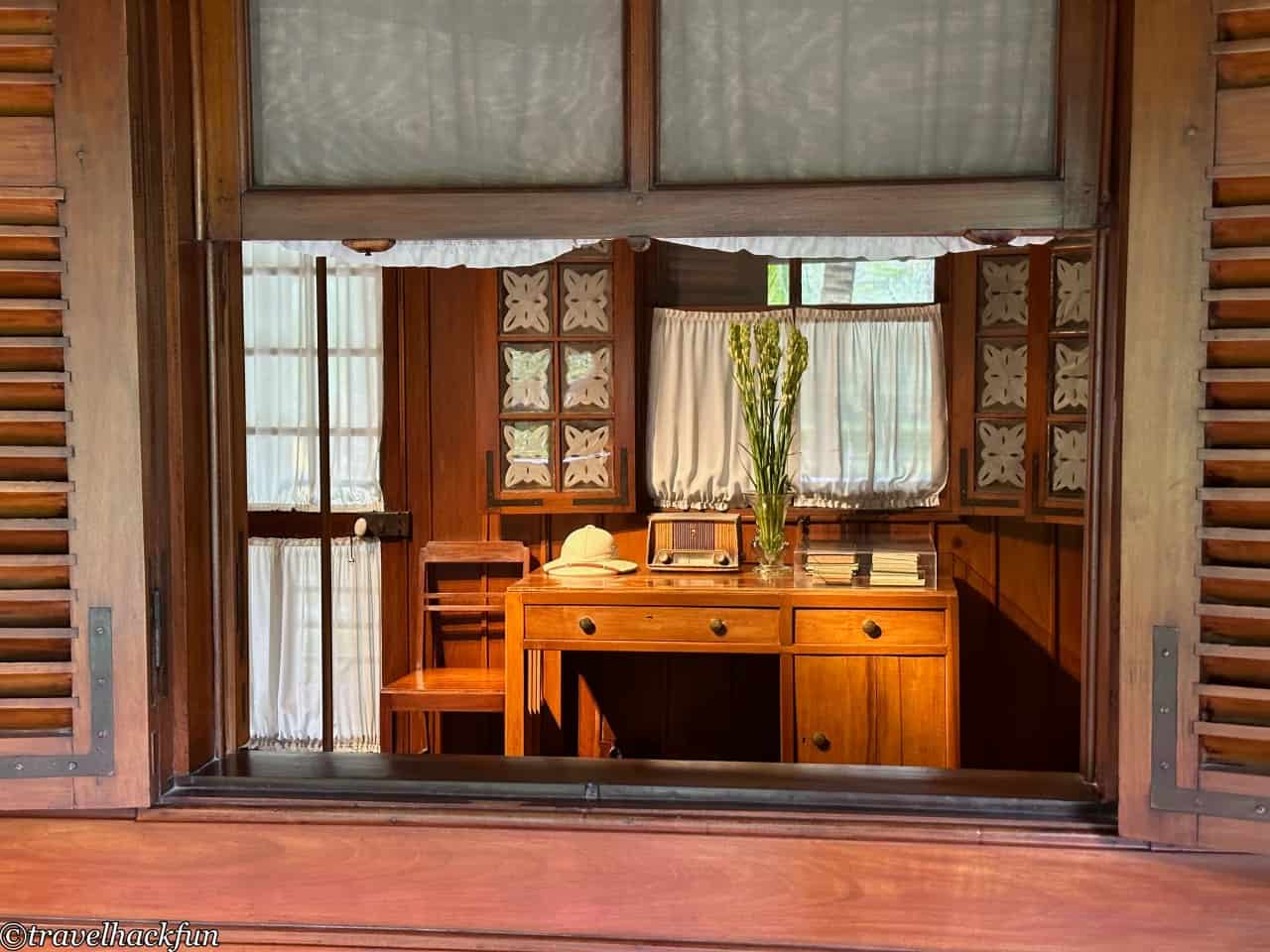
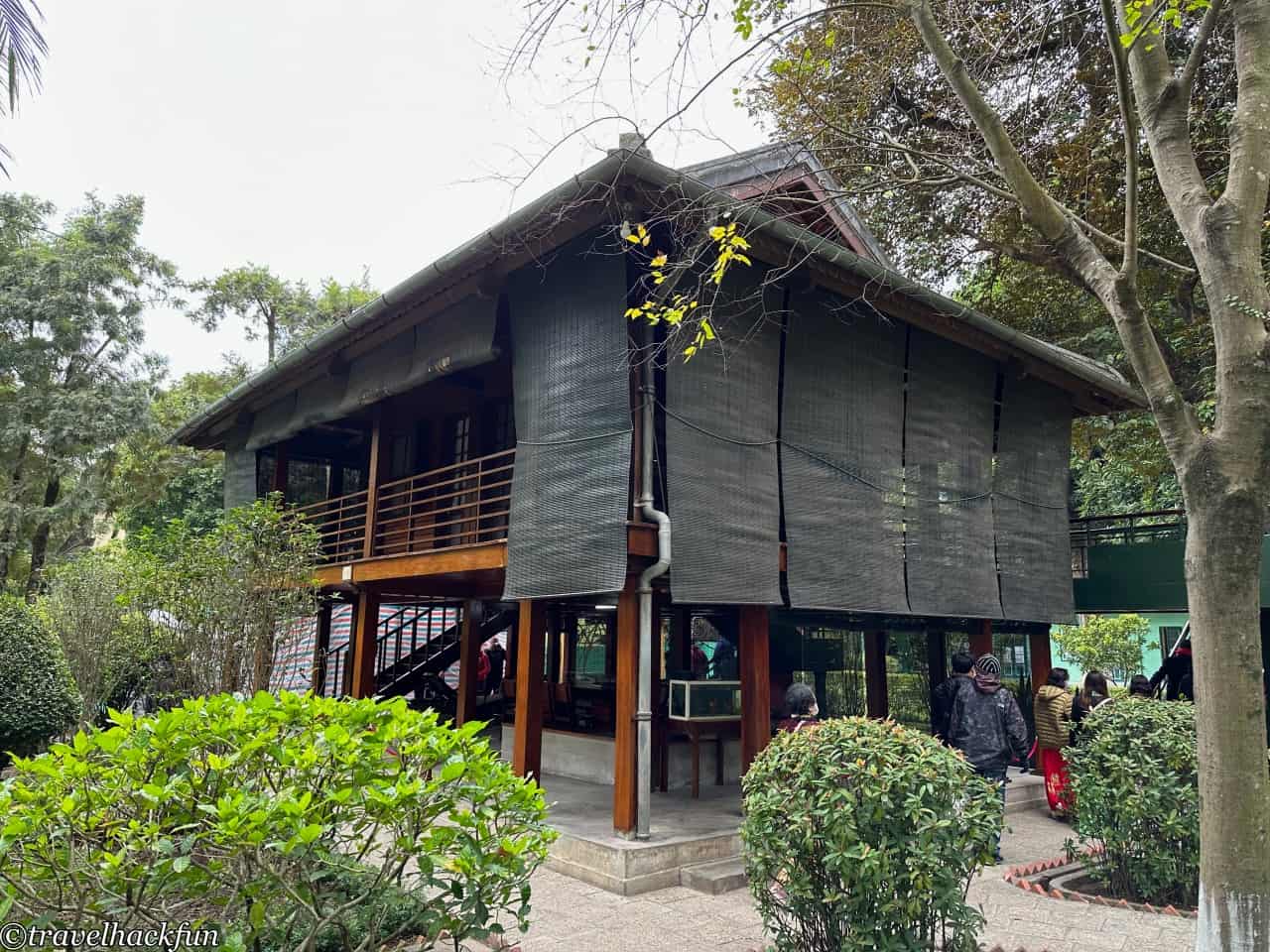
In addition to the main house, the Ho Chi Minh Stilt House complex includes other offices used for handling state affairs and meetings. Surrounding the area is a lush garden, planted with a variety of trees and flowers. It is said that Ho Chi Minh himself was very fond of gardening and often took care of the garden in his spare time.


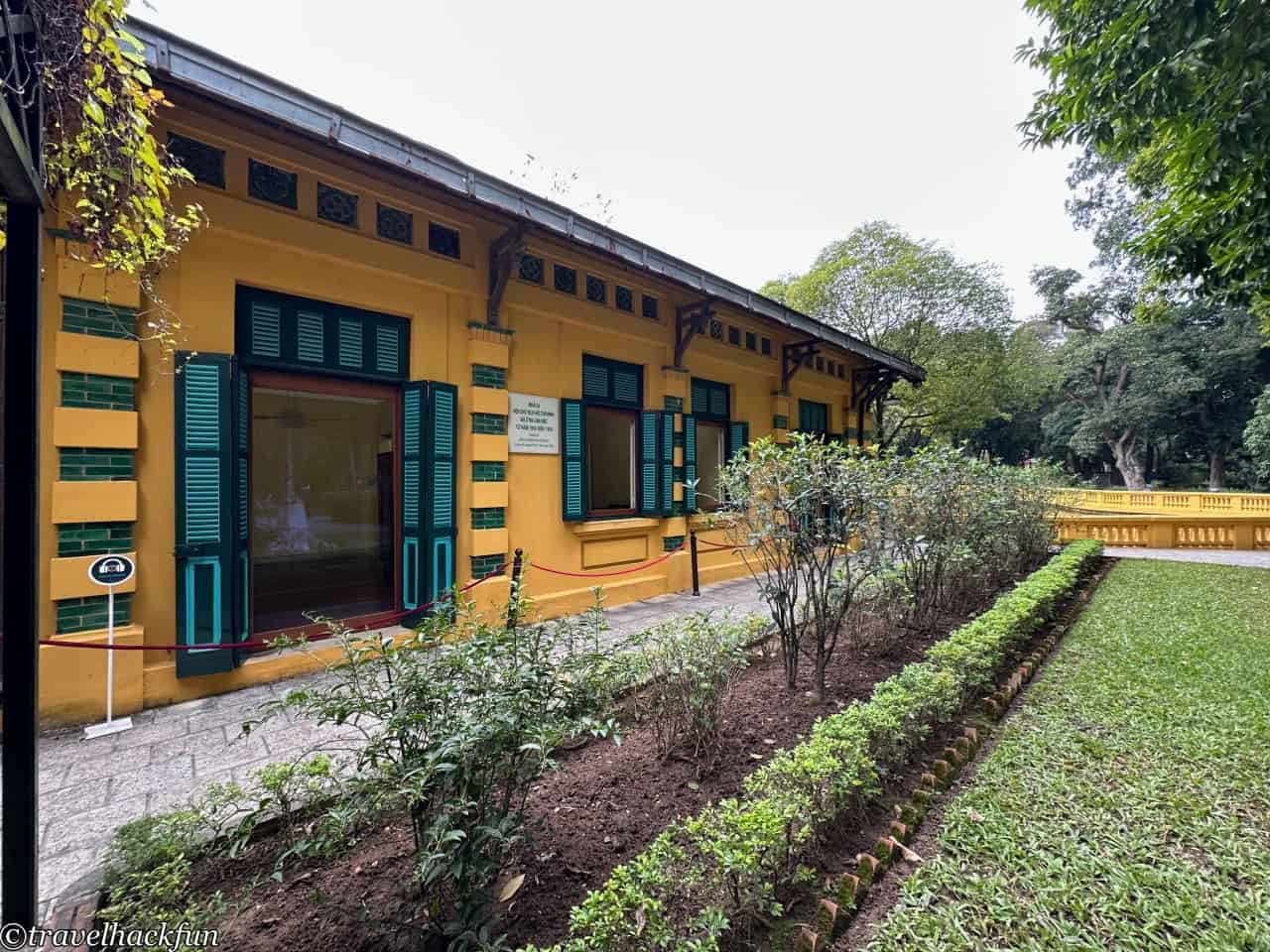

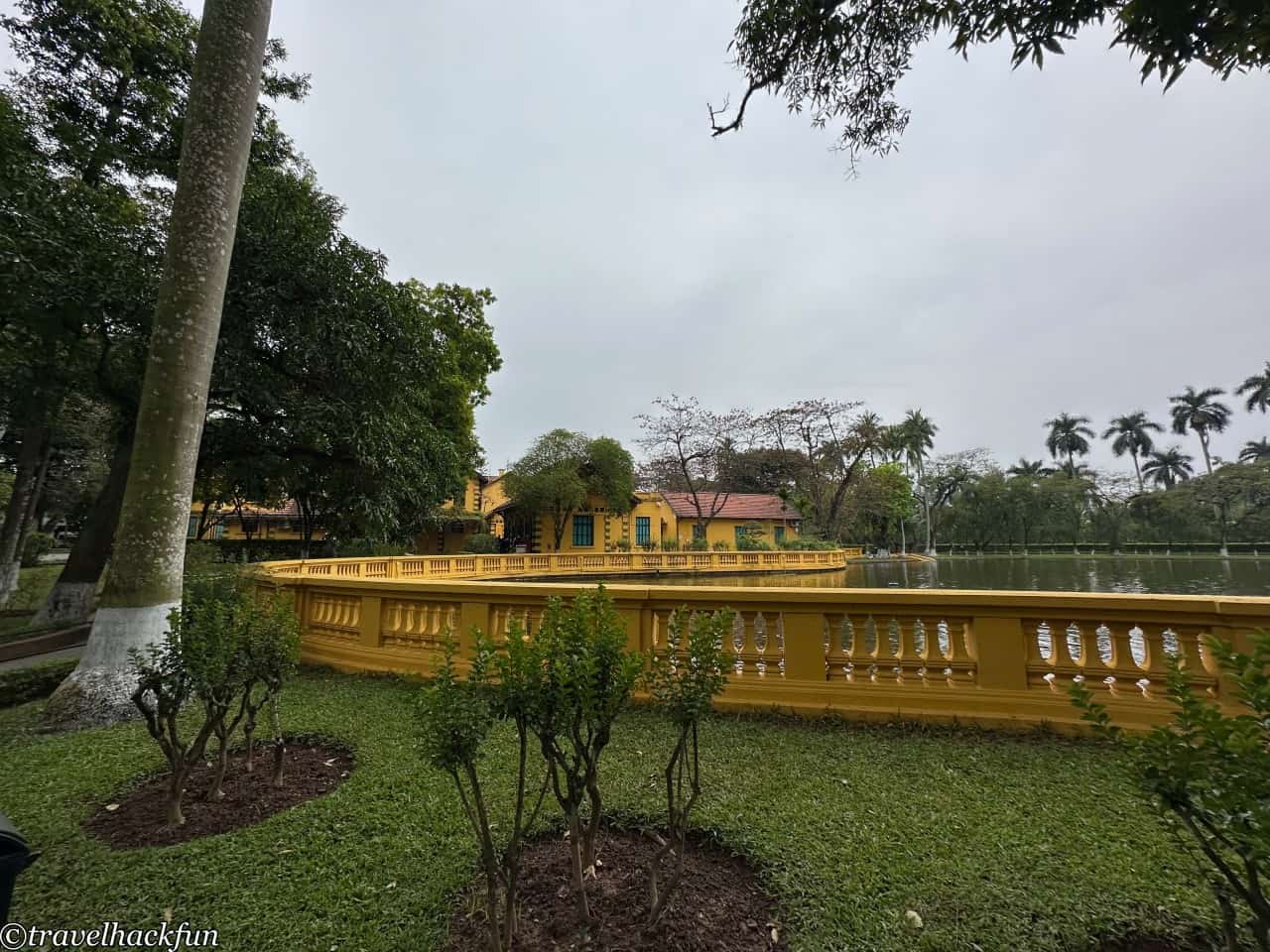
The garden also features pathways and ponds, creating a tranquil and harmonious atmosphere. There is a fish pond in the garden where Ho Chi Minh liked to feed the fish, using this activity as a way to relax and enjoy nature.
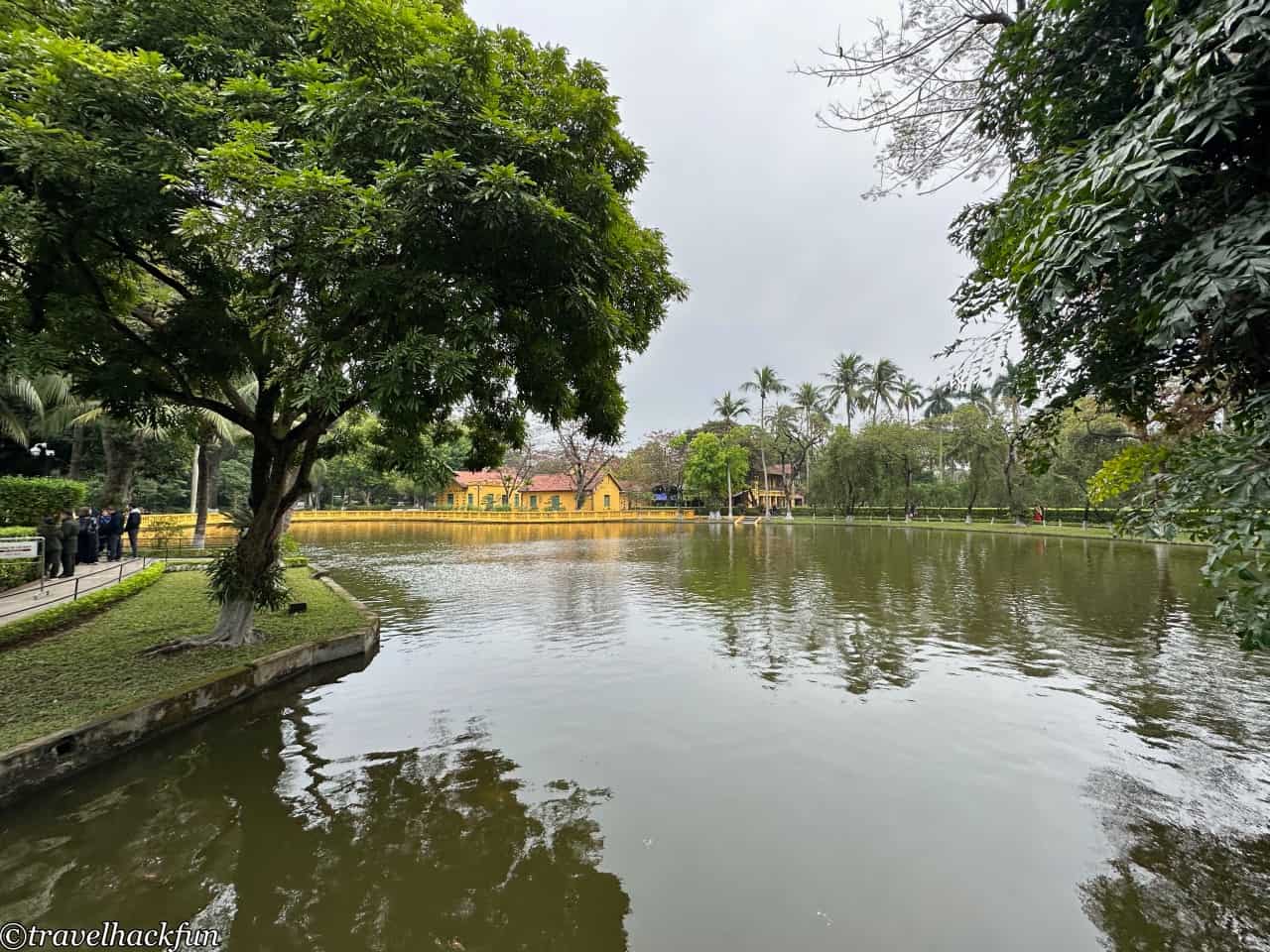
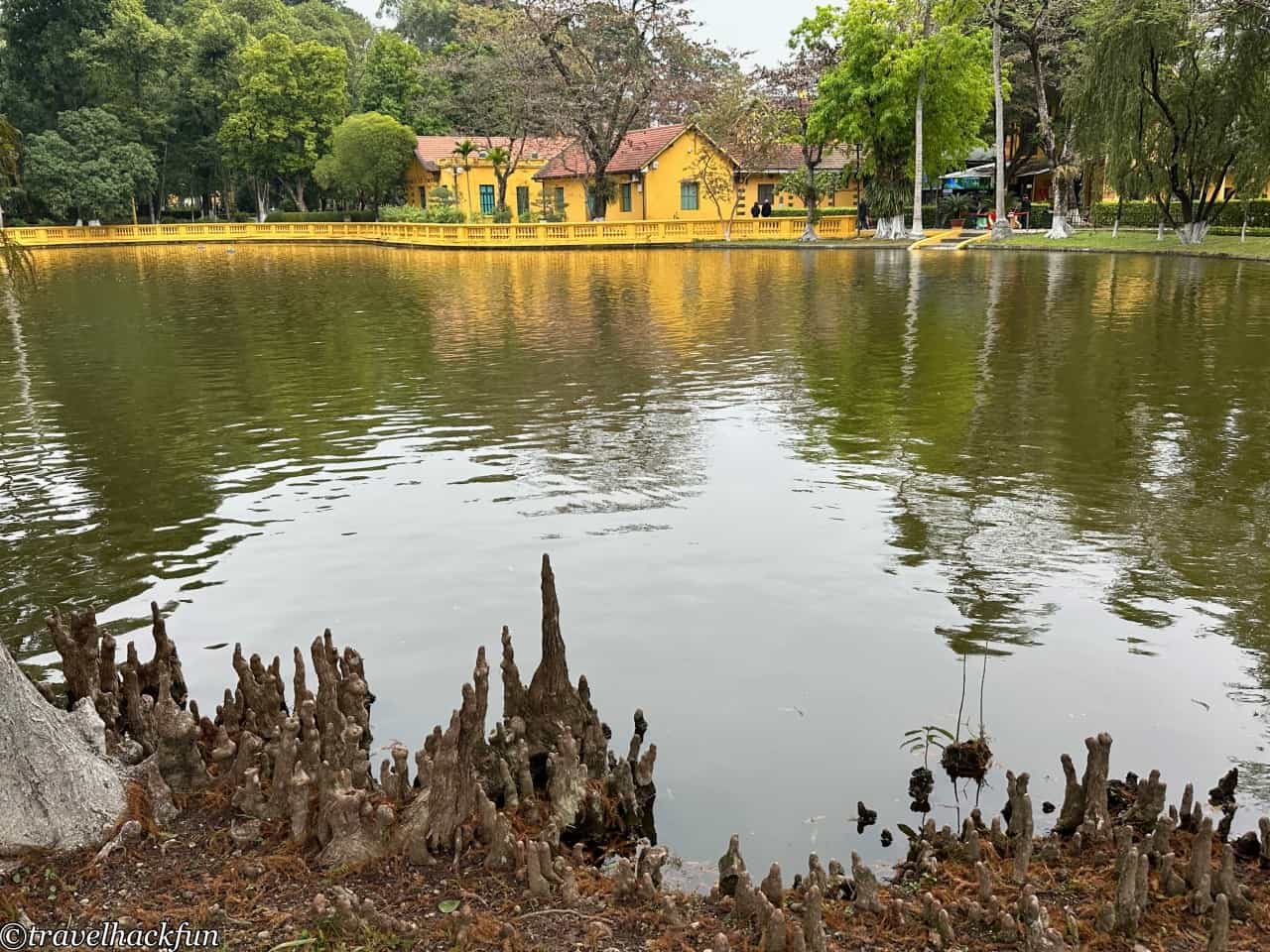
Within the residential complex, there is also a small car exhibition displaying several Russian cars that were used by Ho Chi Minh.

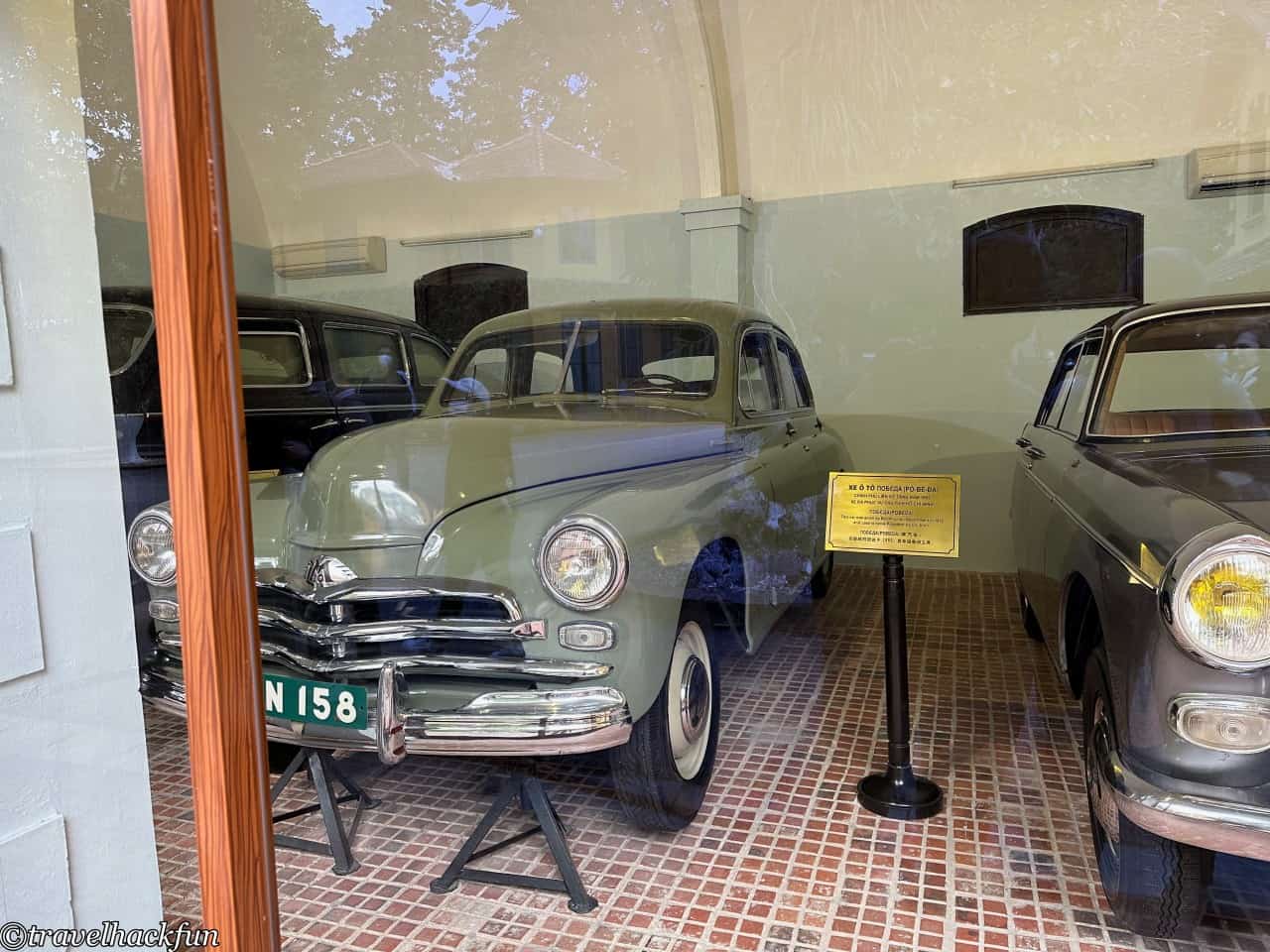
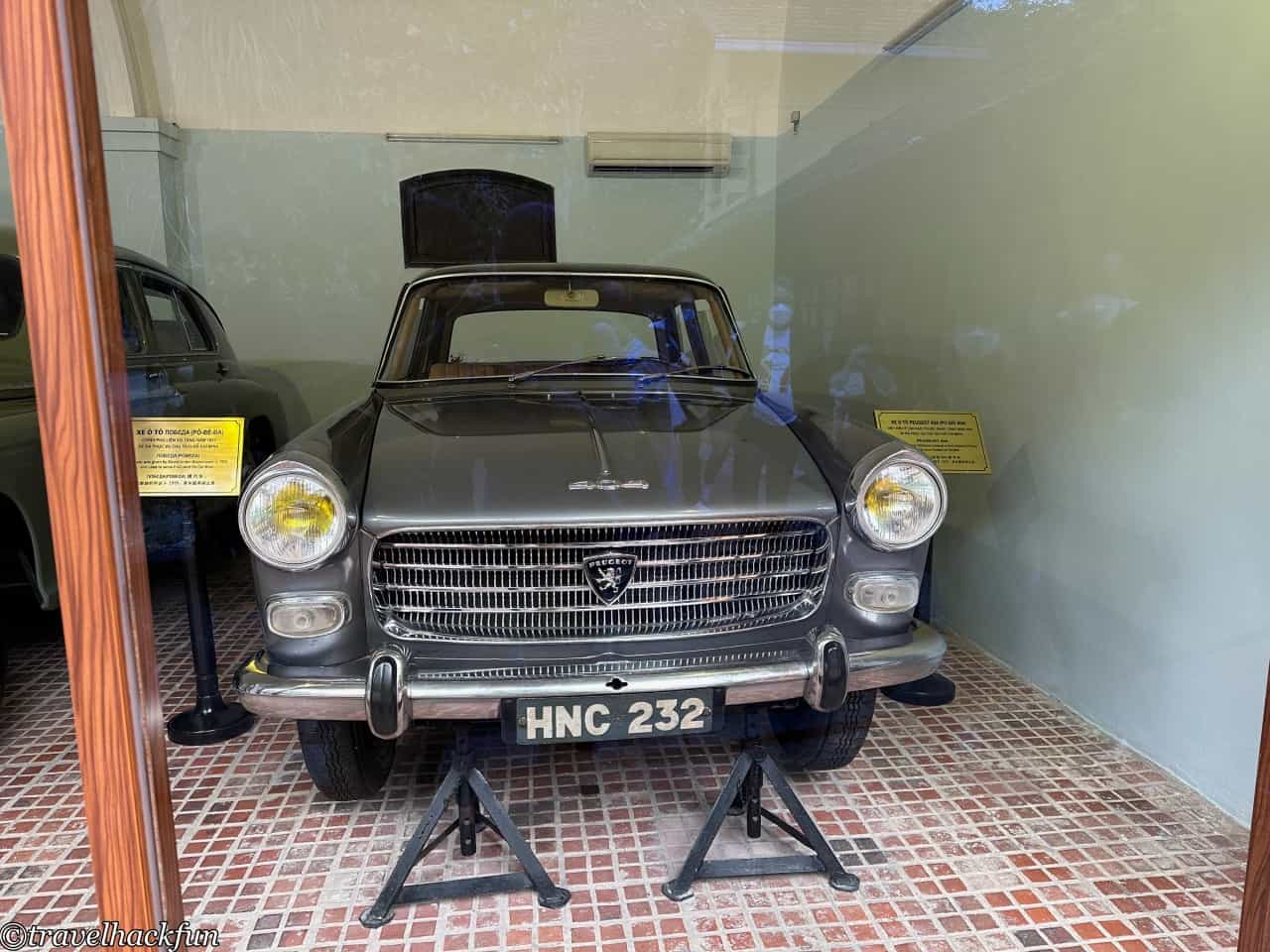
The last of these green buildings was the actual place where Ho Chi Minh passed away. Prior to his death, because his health had become too frail to climb into the stilt house, he moved to live here.
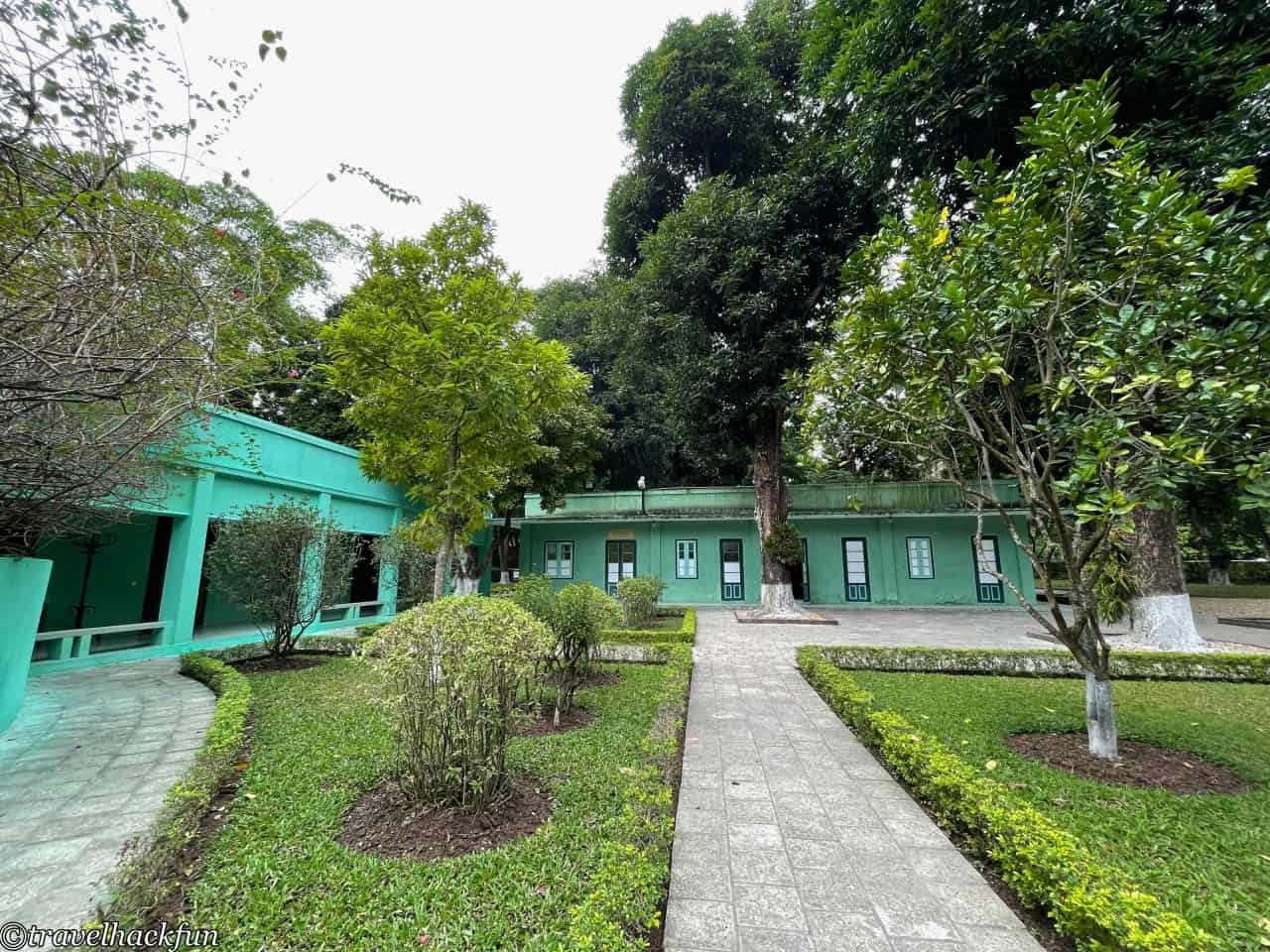
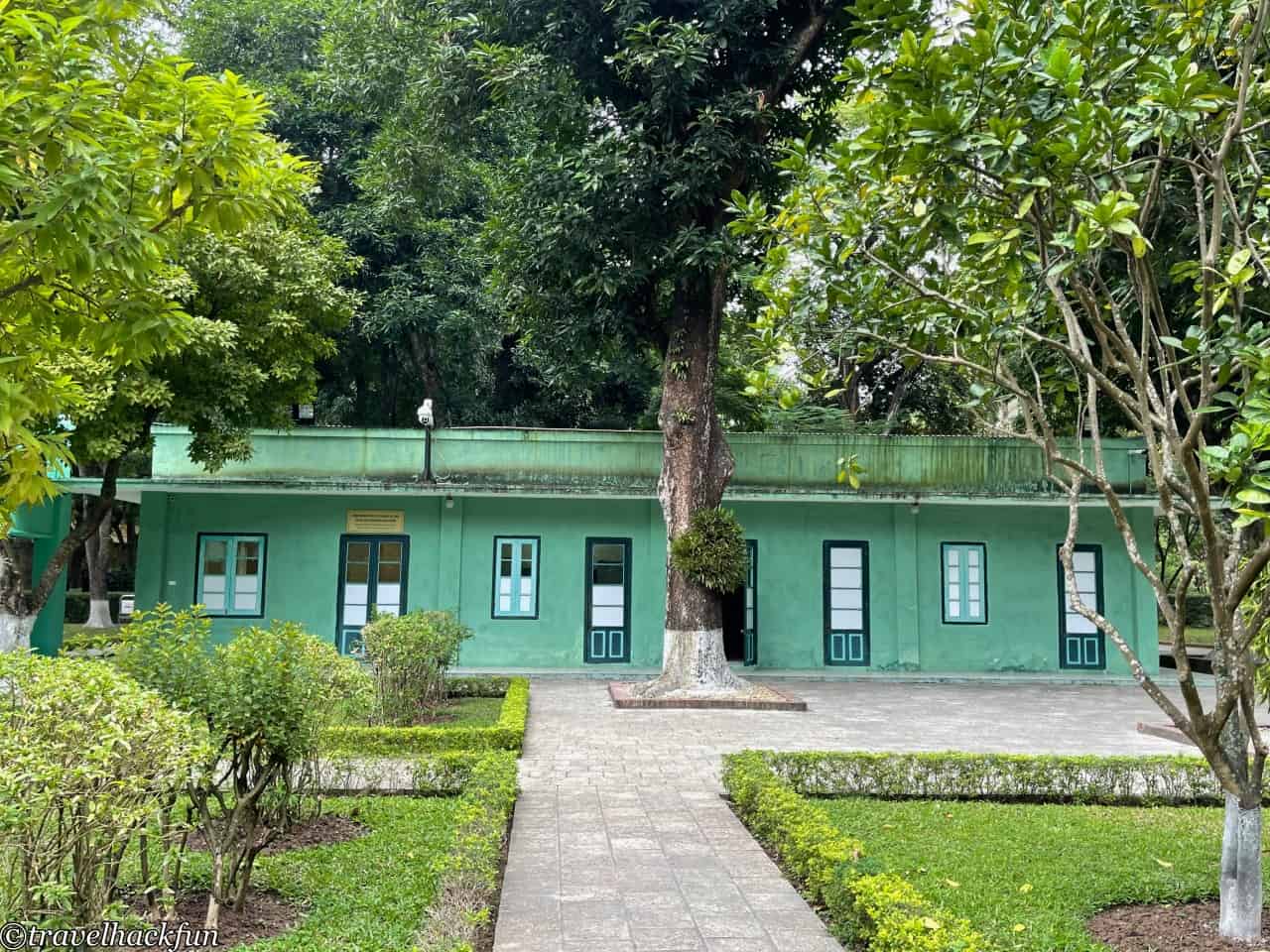
Must See | One Pillar Pagoda
The One Pillar Pagoda is one of Vietnam's most unique cultural symbols and a must-visit traditional structure in Ba Dinh District. Unlike other attractions in Ba Dinh District, this temple has a long history, built in 1049 under the orders of Emperor Ly Thai To, reportedly because the emperor dreamt of Guanyin Buddha instructing him to build it at this location. The structure of the One Pillar Pagoda is unique, a delicate temple supported by a single large pillar, appearing like a lotus flower in a pond. This design symbolizes the purity and elegance of the lotus in Buddhism. It is said to be effective for prayers for offspring and attracts many devotees. To enter the temple, visitors must cross a narrow bridge, under which the lake water and the surrounding green trees create a serene picture.
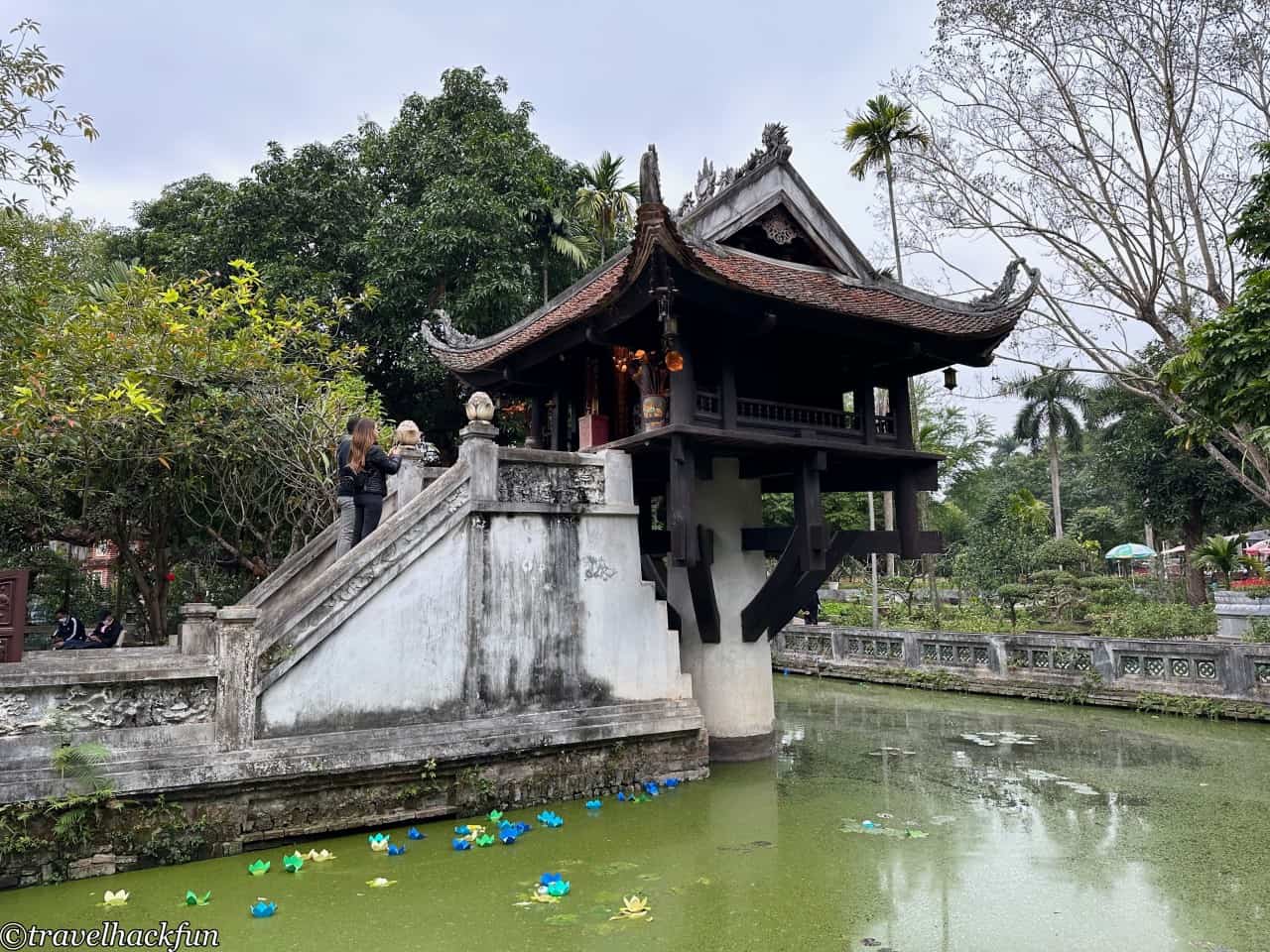
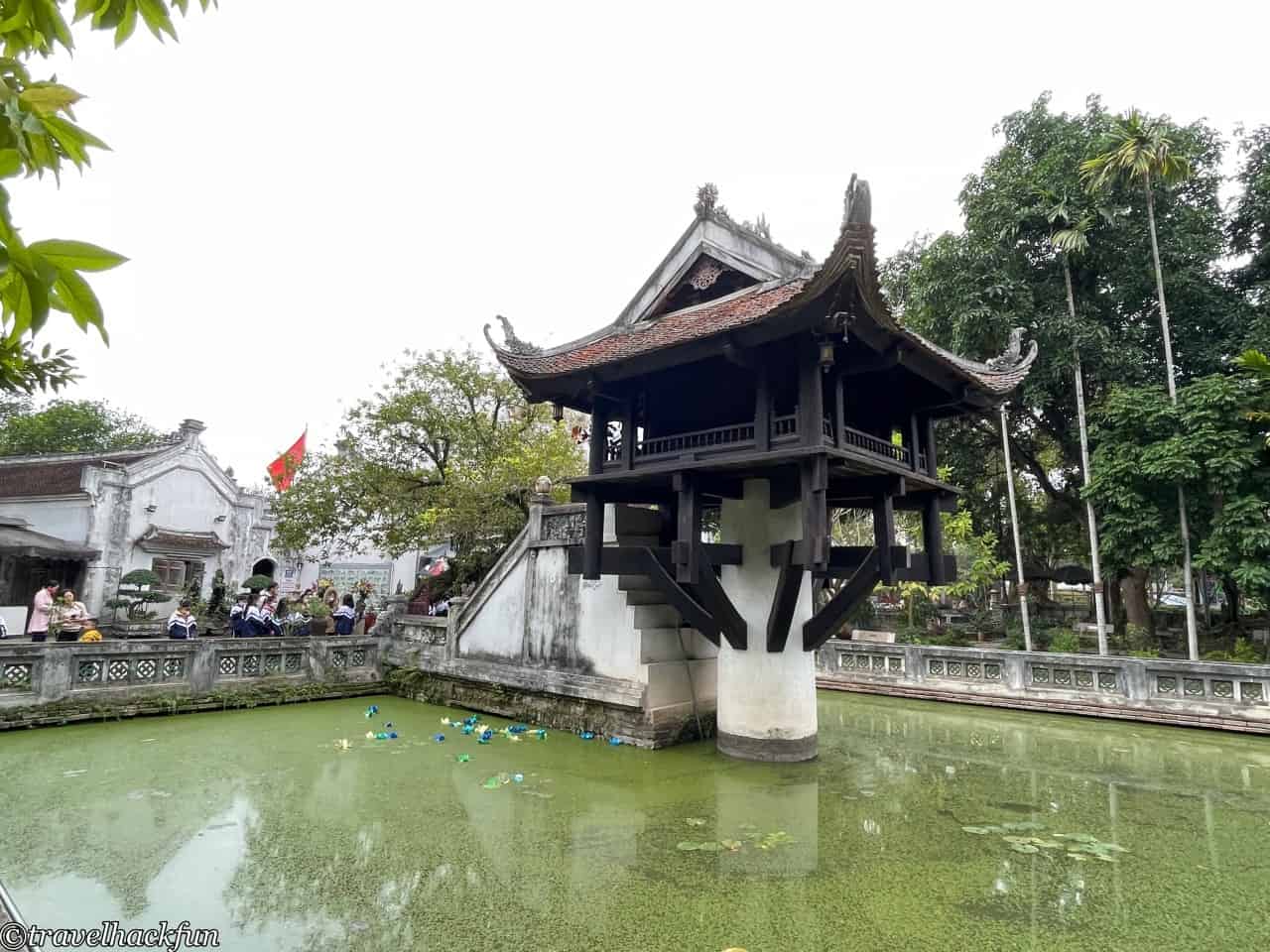
Ho Chi Minh Museum
The Ho Chi Minh Museum displays the life of Ho Chi Minh, with the exhibition divided into several sections that systematically introduce his life, including his early experiences, his pursuit of independence and freedom for Vietnam, and his significant role in the Vietnamese revolution and nation-building process. The exhibits include Ho Chi Minh's personal belongings, manuscripts, photographs, and artworks, among others.
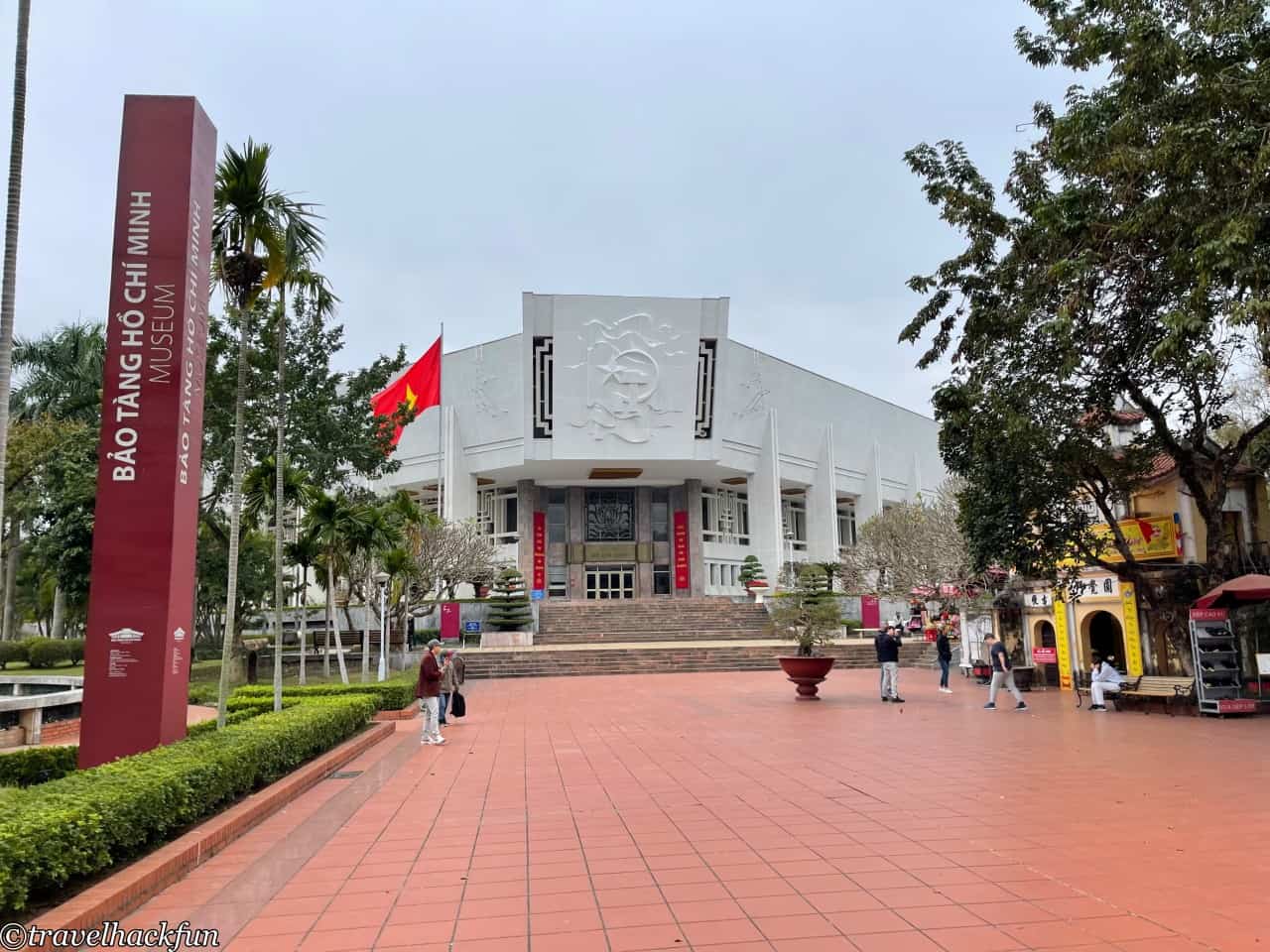
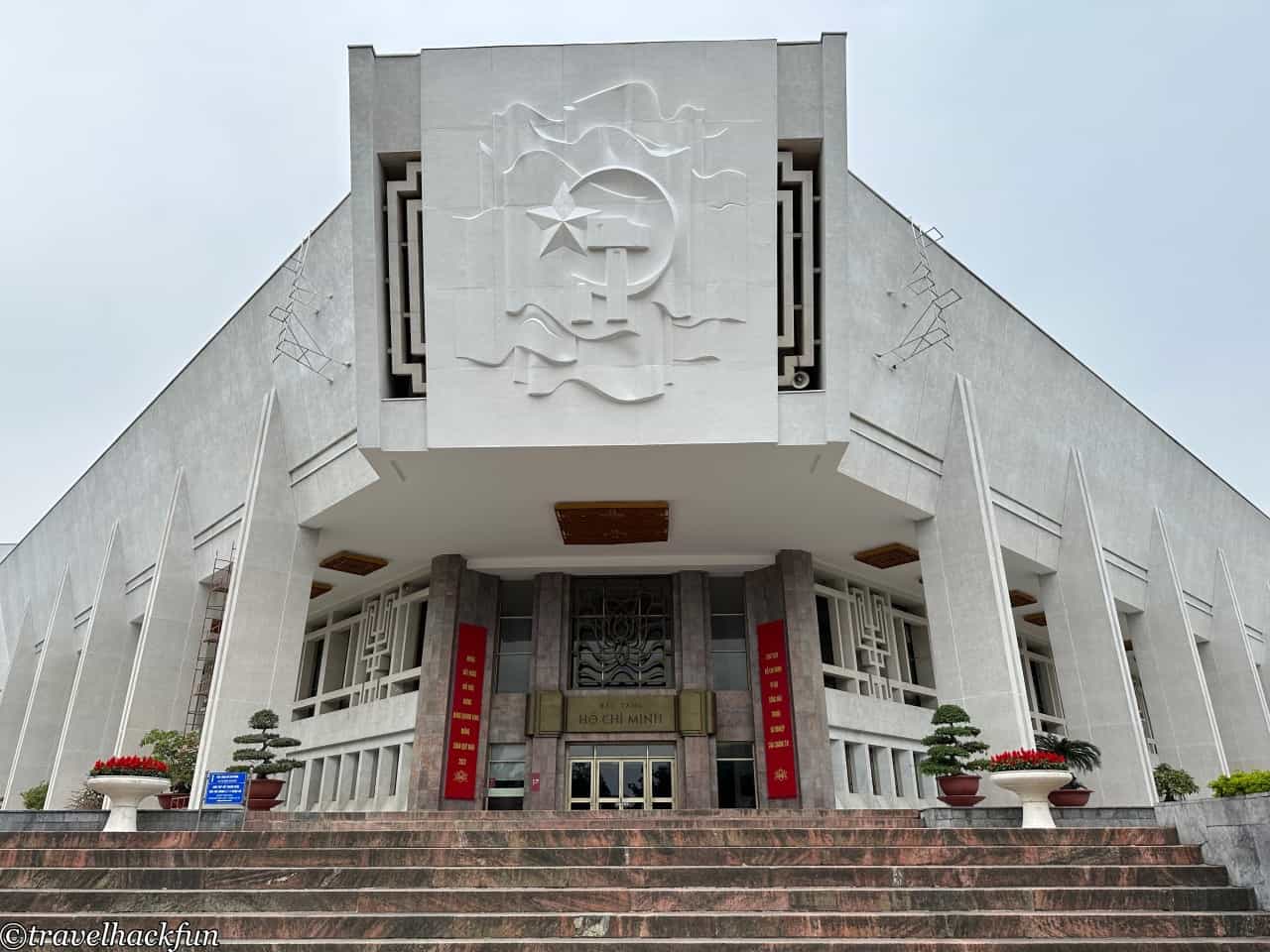
Further reading
Thank you for visiting our website.
All the content on this site is original and shared with the purpose of providing valuable information. We sustain the operation of this site through a small amount of advertising and sponsored links. If you click on links to third-party merchants on our site and make purchases, we may receive a portion of the sales as a commission. If you click on links to third-party merchants on our site and make purchases, we may receive a portion of the sales as a commission.
Find more posts on a map Here.
My recommended resources for hotel bookings.
Recommended travel credit card for US-based travelers
Travel with just a backpack!
Buy me a coffee and support my contents!
If you are interested in quoting this article or using any part of its content and images on your website or publication, please contact us via email to request permission.